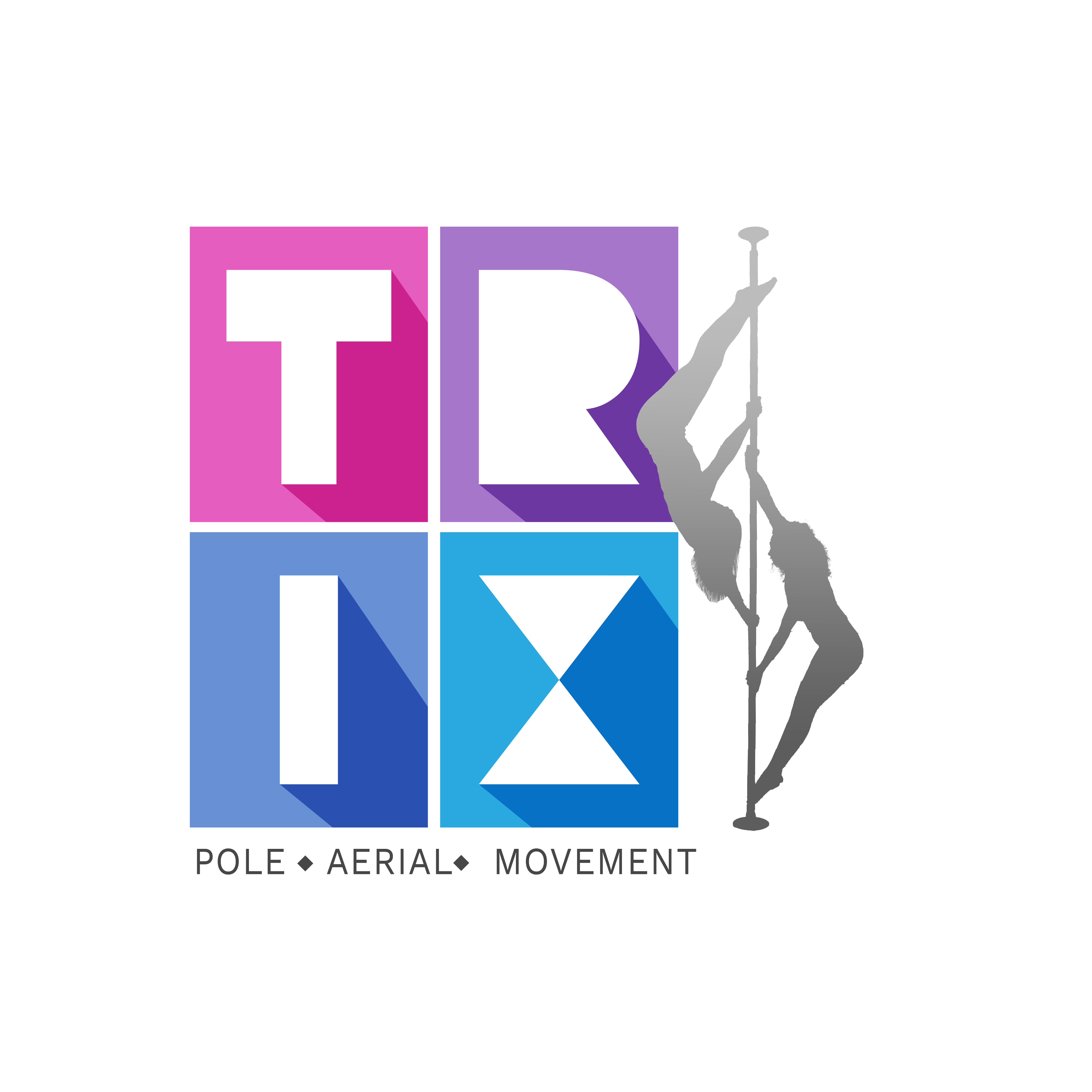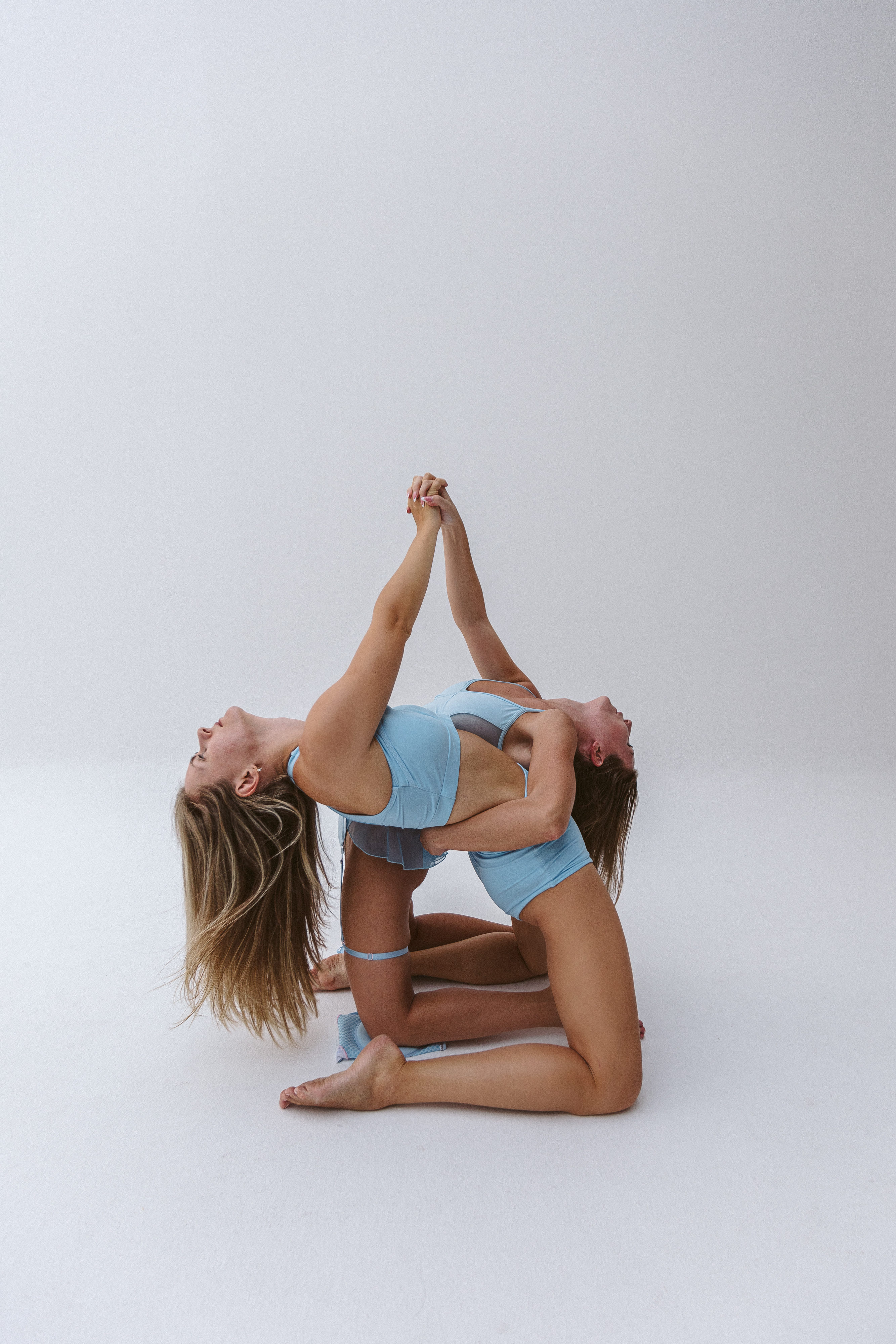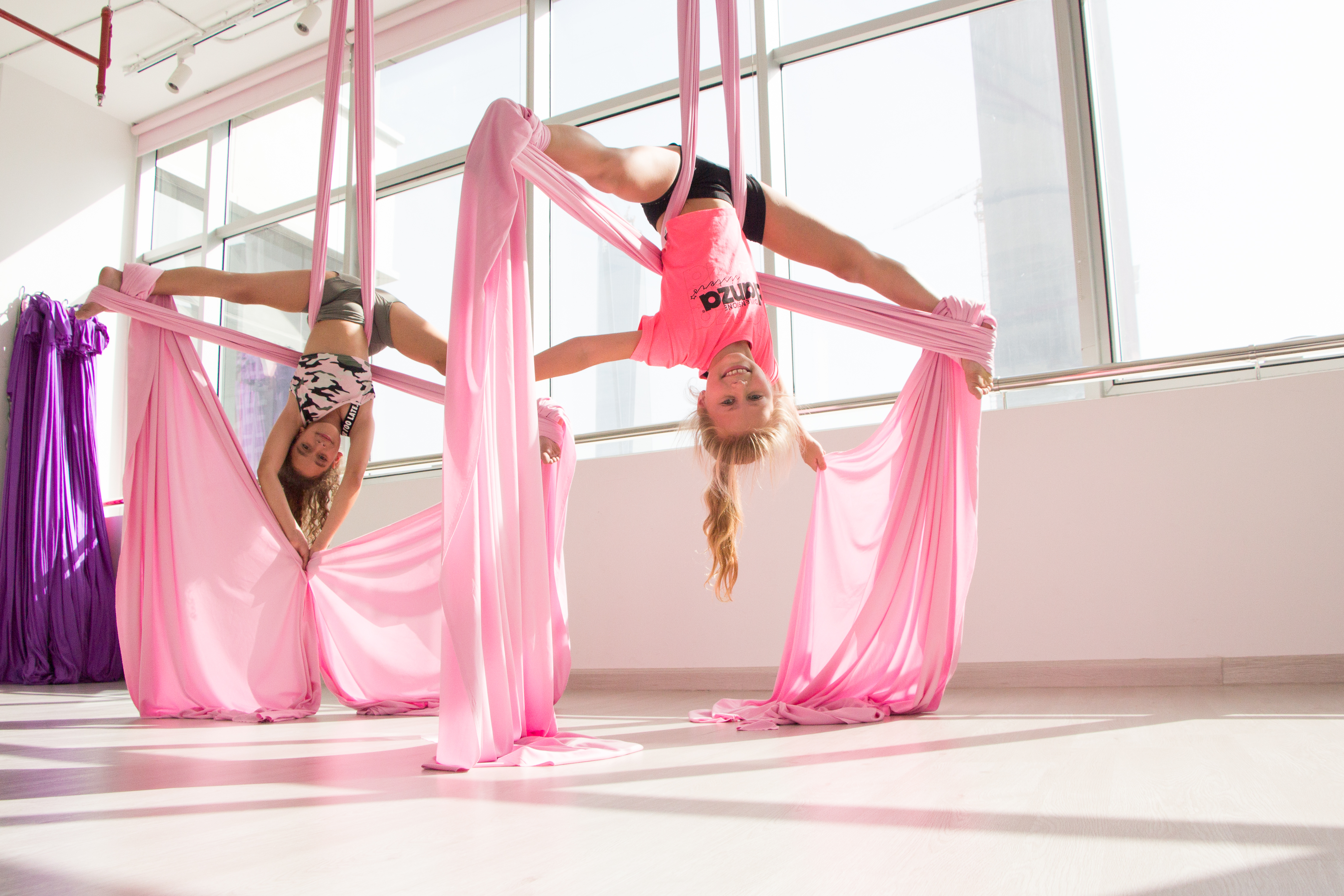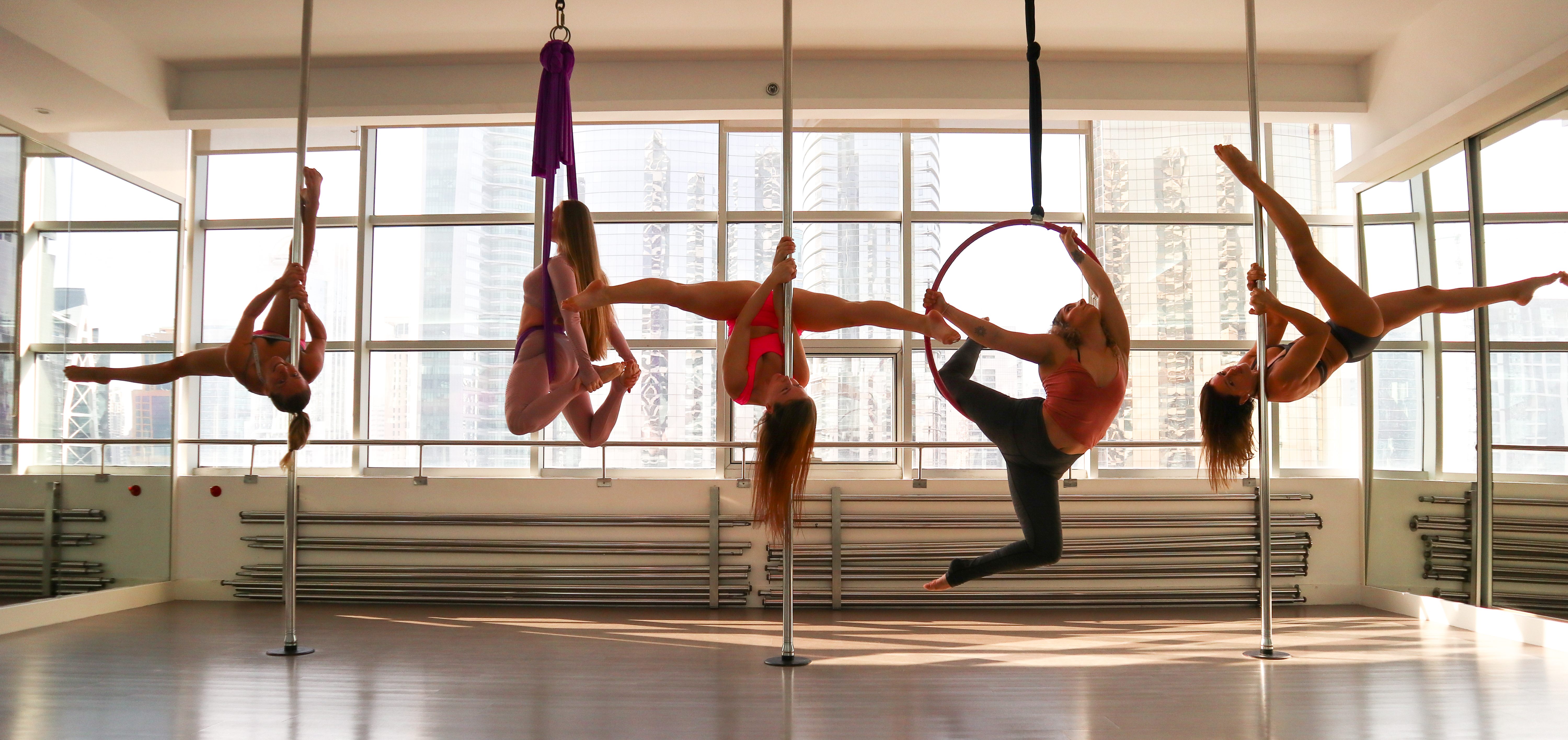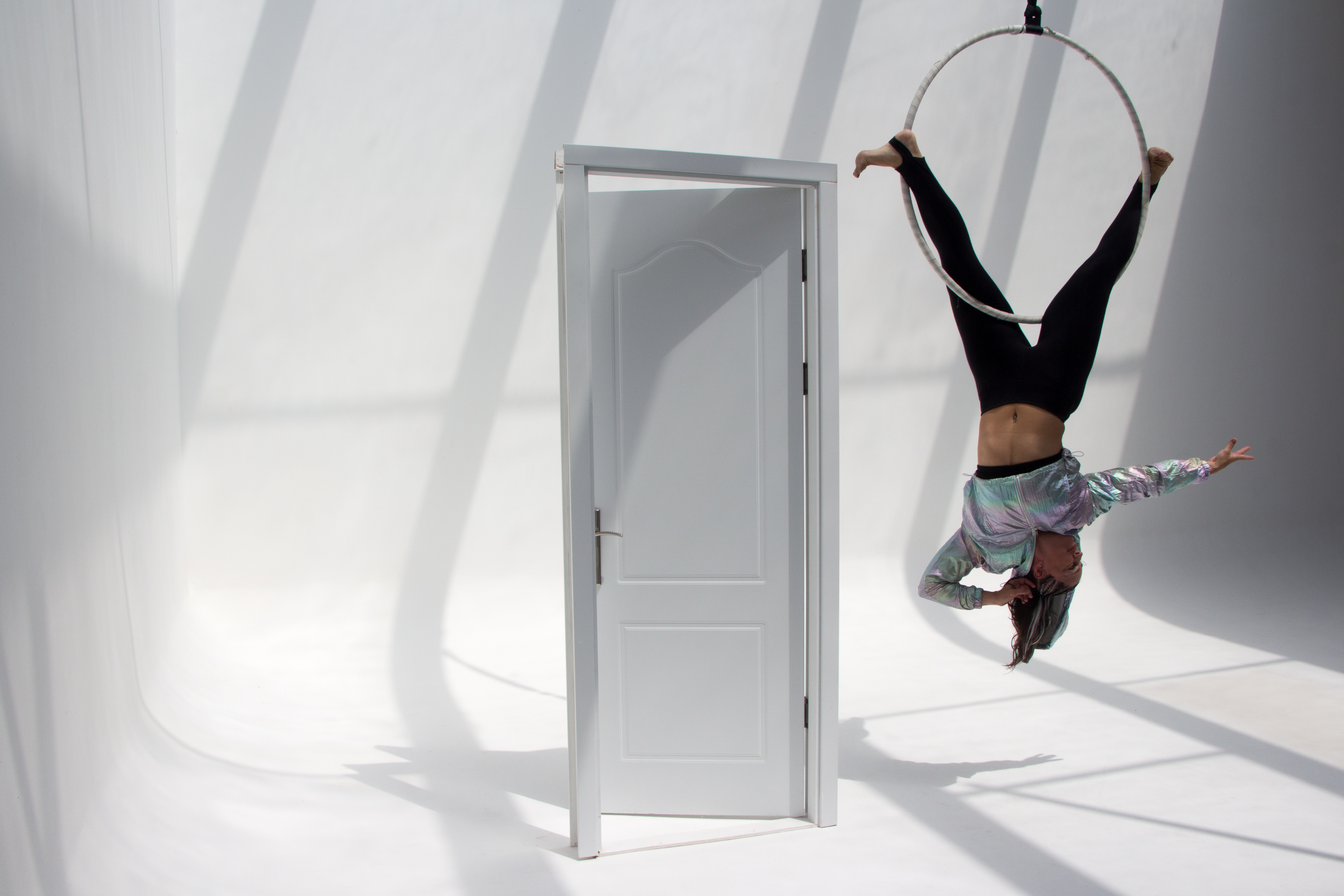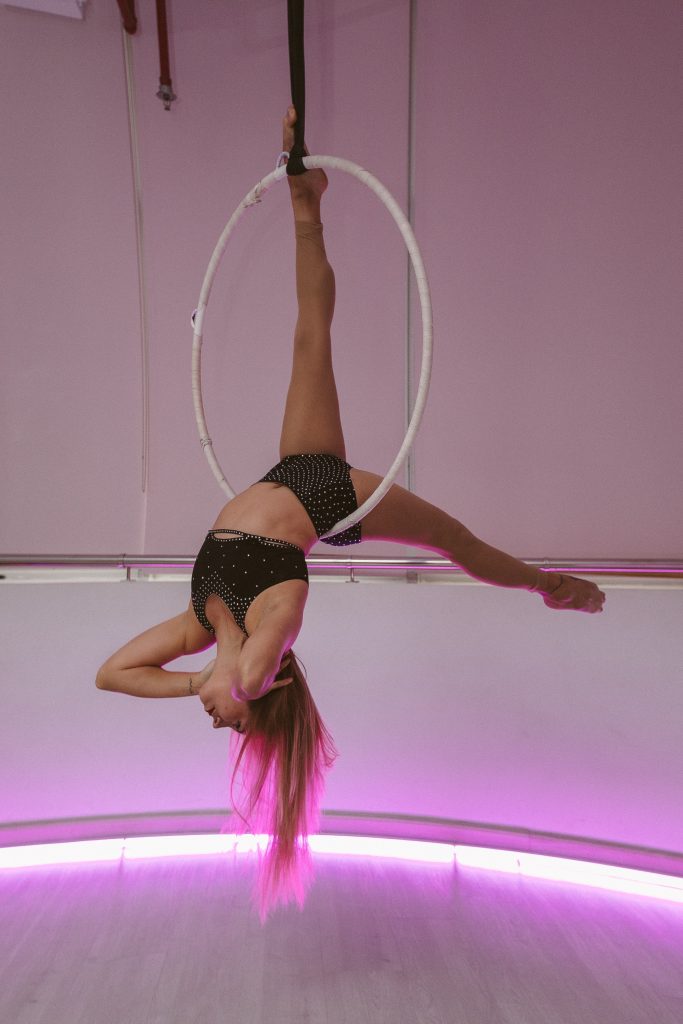
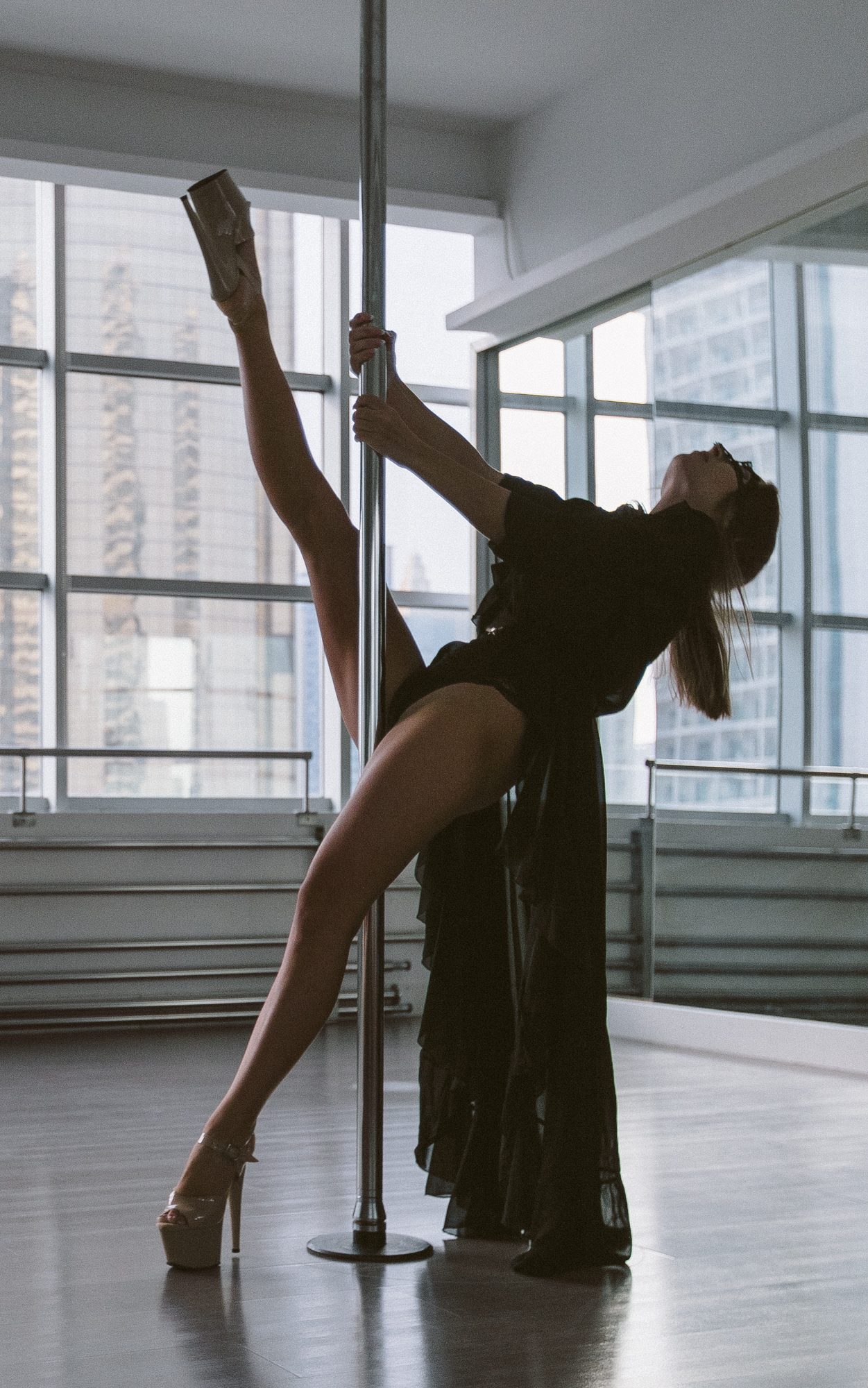
Choreographing a routine for dance, aerial arts, or pole is an exciting and creative process that allows you to express yourself through movement. Whether you’re a seasoned performer or a novice, crafting your choreography from scratch can be a rewarding experience. In this blog, we’ll guide you through the process of creating a choreography that can be adapted for different skill levels and disciplines, providing a tracker to help you stay organized.
Step 1: Define Your Theme and Purpose
Before you start choreographing, you need to have a clear idea of your theme or purpose. Ask yourself:
What story or emotion do you want to convey?
Are there specific movements or techniques you’d like to showcase?
Is there a particular song or piece of music that inspires you?
Having a theme or purpose in mind will provide direction for your choreography.
Step 2: Choose Your Music
Selecting the right music is crucial for your choreography. The tempo, rhythm, and mood of the music will influence your movement choices. Consider using a piece of music that resonates with your theme or purpose. Remember that it should be suitable for your chosen discipline, whether it’s dance, aerial arts, or pole.
Step 3: Create a Movement Vocabulary
Now it’s time to brainstorm and create a list of movements that relate to your theme and music. If you’re new to choreography, try to find inspiration by watching performances, tutorials, or taking classes to learn new moves. As you go, make note of moves that resonate with your theme.
Step 4: Choreograph Your Routine
Begin piecing together your choreography by arranging your chosen movements in a logical and visually pleasing sequence. Pay attention to the music’s rhythm and build your movements around it. Start with a strong opening and consider how the routine will flow. Think about transitions and how you can move smoothly from one move to the next.
Step 5: Create a Tracker
A choreography tracker is an essential tool to keep your choreography organized and ensure you remember the sequence. You can use a simple spreadsheet or a specialized dance notation software. Here’s what your tracker should include:
- Music Timeline: Create a timeline of your music with timestamps, so you know when to start each movement.
- Movement List: List all the movements you’ve chosen and their variations. Include notes on difficulty levels.
- Step-By-Step: Write down step-by-step instructions for each movement, describing the body position, direction, and any other important detail.
- Transitions: Check how you transition from one movement to the next, including any holds, poses, or steps.
- Timing and Counts: Break down the timing for each movement in counts, beats, or seconds, depending on your preference.
- Practice Notes: Add any additional notes or reminders for yourself and your dancers or collaborators
Step 7: Rehearse and Refine
Once your choreography is set, it’s time to rehearse. Work with your team, if applicable, and ensure that everyone understands the movements, transitions, and timing. As you rehearse, don’t be afraid to make adjustments to improve the flow or address any challenges.
Step 8: Polish and Perfect
To create a spectacular performance, pay attention to the details. Focus on your posture, lines, facial expressions, and emotion. Practice until you can perform the routine confidently and with precision.
Step 9: Share and Perform
After hours of practice and refinement, it’s time to share your creation with an audience. Whether you’re performing on stage, recording a video, or sharing with friends and family, enjoy the moment and the art of dance, aerial arts, or pole.
Conclusion:
Choreographing a routine from scratch is a fulfilling artistic endeavor. By following these steps, you can create a choreography suitable for dance, aerial arts, and pole, and you can easily adjust it for different skill levels. Remember, the key to a remarkable performance is practice, dedication, and a passion for movement and expression. So, gather your music, create your movements, and let your creativity shine on stage!
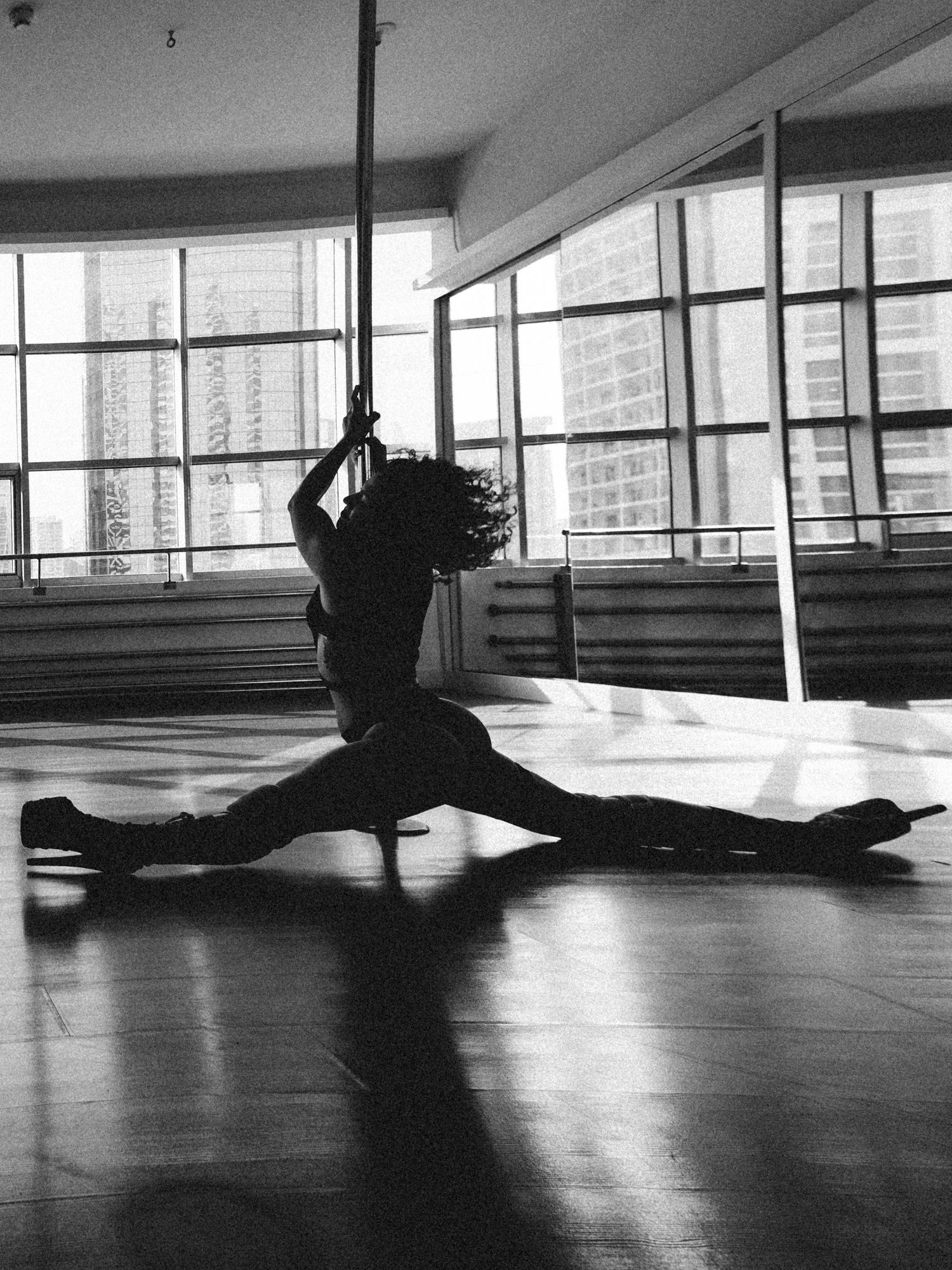
Remember! At TRIX DXB we are always organizing showcases and we’d love to see you on stage. WhatsApp us and be part of our community!
